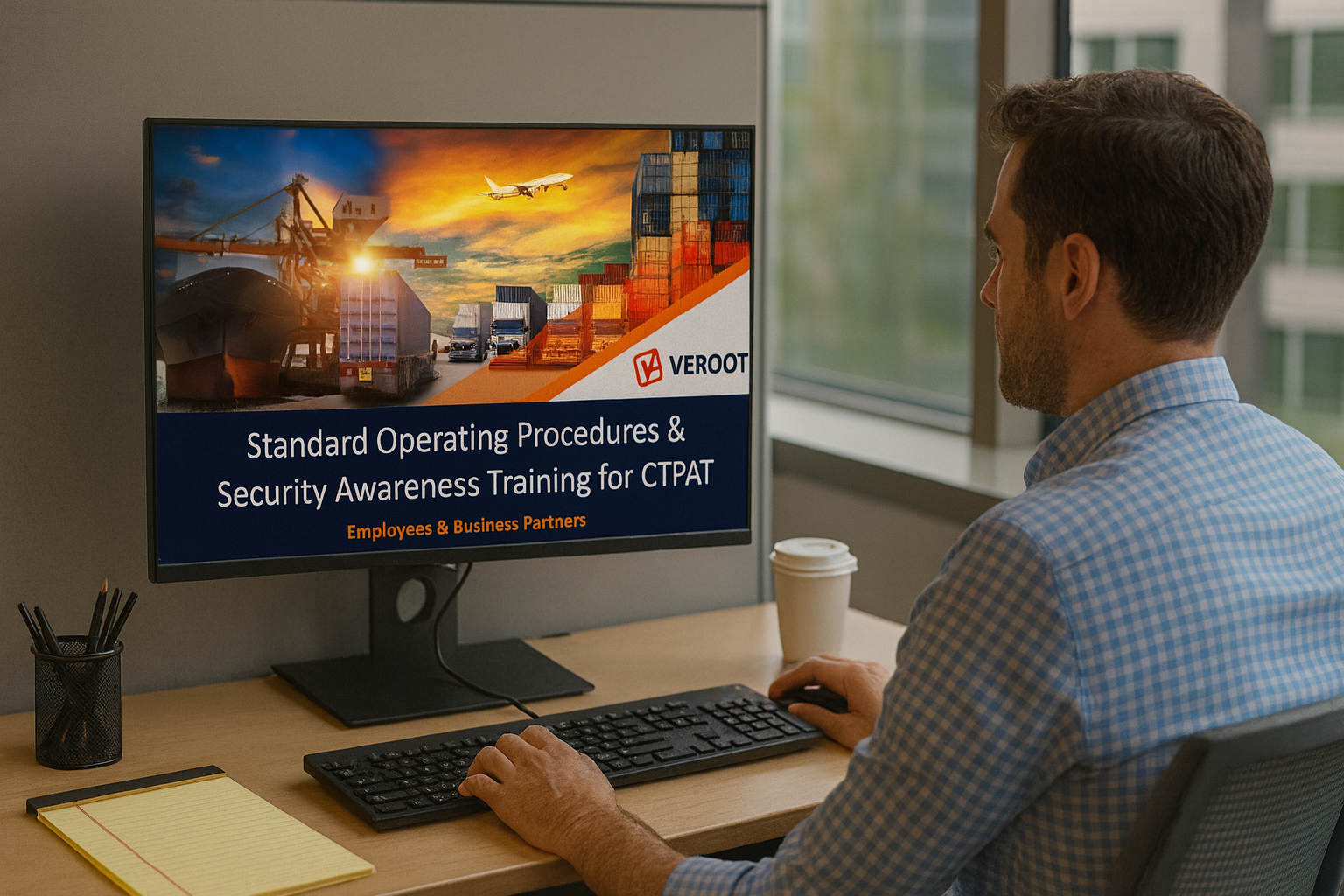Frequently Asked Questions by CTPAT Applicants
CTPAT is a voluntary program focused on supply chain security and built on trust. It is available to members of the trade community who can...
2 min read
Cherie Patrick : Jul 2, 2025 12:20:12 PM

The Customs Trade Partnership Against Terrorism (CTPAT) is a voluntary program led by U.S. Customs and Border Protection (CBP) to strengthen international supply chain security. One critical component of the CTPAT Minimum Security Criteria (MSC) is Personnel Security, which includes conducting employee background checks.
But what exactly does CTPAT require when it comes to vetting your workforce? In this article, we break down the CTPAT background check requirements, why they matter, and how to implement them effectively.
🛡️ Why Employee Background Checks Matter in CTPAT
CTPAT’s primary goal is to mitigate the risk of terrorism and criminal activity within the supply chain. Employee background checks help ensure that all personnel are screened and deemed reliable, reducing the likelihood of a breach or illegal activity that could disrupt global trade. Employees, especially those with access to secure areas, data systems, or cargo can pose internal threats if not properly vetted.
Conducting background checks:
✅ What CTPAT Requires for Background Checks
According to the CTPAT Minimum Security Criteria, partners must have procedures in place to screen employees during the hiring process and periodically throughout employment. Here's a breakdown of the key requirements:
📋 Best Practices for CTPAT Compliant Background Checks
To ensure compliance and maintain a strong security posture:
🏁 Final Thoughts
CTPAT's background check requirements aren’t just about checking a box they’re about protecting your business, your partners, and the global supply chain. By following these guidelines and incorporating robust personnel security practices, you demonstrate your company’s integrity and commitment to national and international trade security.
Want help building a compliant background screening program? Our experts at Veroot specialize in CTPAT MSC policies, implementation, audits, and training.
![]() For more information or to request a demo, visit Veroot's website at www.veroot.com/ctpat
For more information or to request a demo, visit Veroot's website at www.veroot.com/ctpat

CTPAT is a voluntary program focused on supply chain security and built on trust. It is available to members of the trade community who can...

Maintaining compliance with the Customs Trade Partnership Against Terrorism (CTPAT) requires more than just policies and procedures, it demands...

Did you know that CTPAT certified companies can lose their CTPAT certification if their business partners fail to comply with CTPAT security...